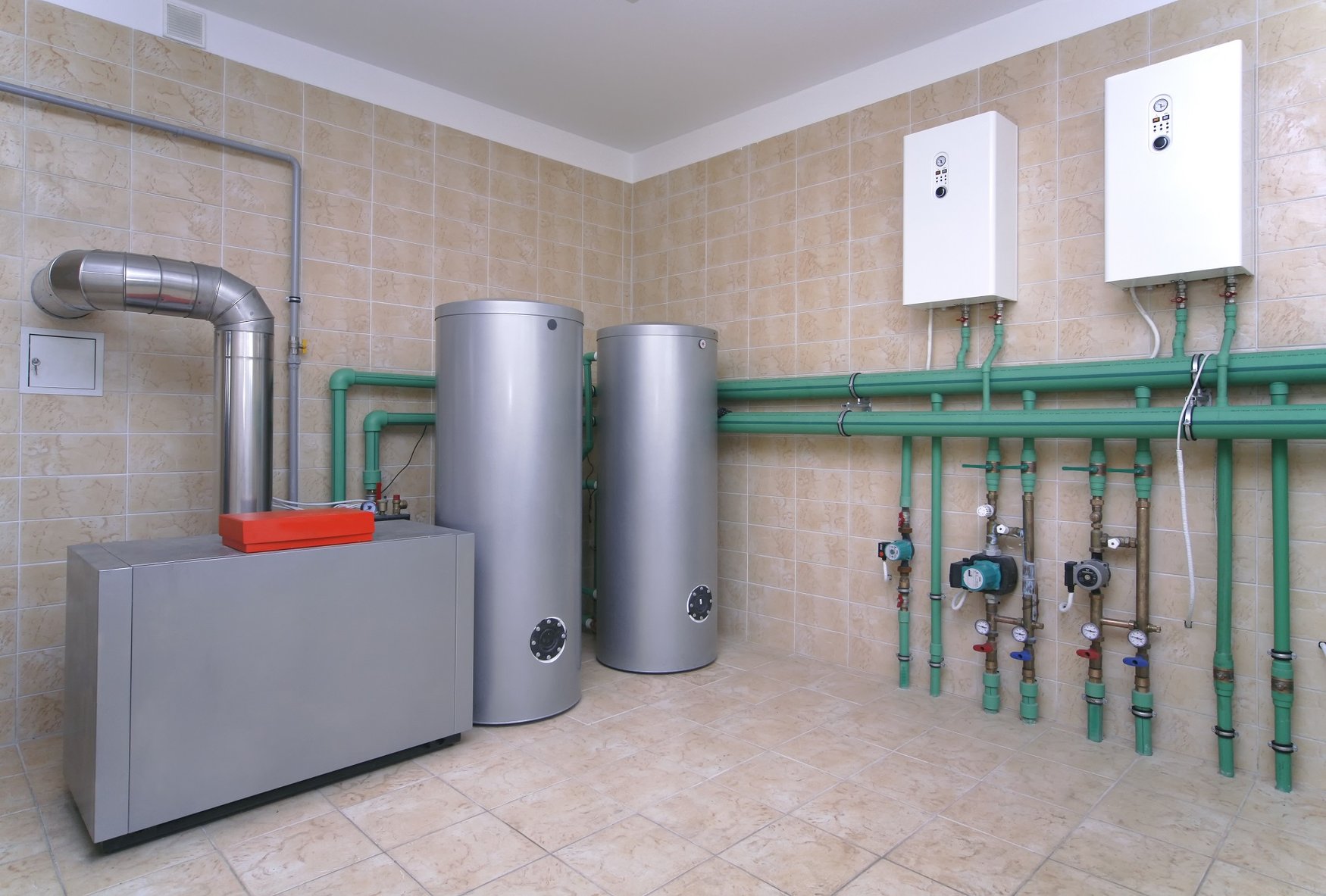When Should Heating Systems be Converted from Steam to Hot Water Distribution?

Steam heating is popular in NYC buildings for a very simple reason: Steam rises by itself, which made it a practical medium to deliver heat before electric water pumps became widely available. In new constructions, hot water systems with hydronic piping are by far the best choice, both in terms of efficiency and environmental impact.
The main reasons why many steam-based systems are not replaced are the upgrade cost and the resulting disruption of activities. However, there are many situations that favor such an upgrade, and property management companies should take them into account. This article will describe some cases where there are extra reasons to consider an upgrade from steam to hot water.
1) Buildings Without the District Steam Service
Steam is cost-effective for high-rise buildings in parts of New York City where Con Edison provides the district steam service, since property owners are not responsible for generating the steam they use. Con Edison benefits from economies of scale, and as a result purchasing steam from them is cheaper than producing it on-site. Another detail is that Con Edison has a legally-binding renewable generation target of 50% by 2030, which means their steam is produced through methods with a lower environmental impact than those used in buildings. While buildings use boilers fired by heating oil or natural gas, Con Edison produces plenty of its steam using waste heat from power plants (cogeneration).
However, buildings that operate their own steam boiler should definitely consider an upgrade to hot water. For a given heating load, a steam-based system will always consume more fuel than an equivalent hydronic system. Of course there are exceptions where steam cannot be displaced completely: the healthcare sector often uses steam for equipment sterilization and air humidification, for example.
Of all NYC buildings above 50,000 ft2, nearly 82% use steam heating, but only 10% have access to the Con Edison district steam service. All other rely on their own boilers.
2) Buildings with an Oil-Fired Steam Boiler
Heating oil has a much higher environmental impact than natural gas. In addition, oil-based systems are more expensive to operate and more difficult to manage than gas-fired systems: while a gas boiler gets a constant supply from Con Edison, an oil boiler requires scheduled deliveries.
Con Edison offers excellent rebates when upgrading a heating system from oil to natural gas, so a fuel conversion project is also a great opportunity to implement hydronic piping. Radiators can often be retrofitted to operate with hot water instead of steam, and the required pumping system can use NEMA Premium Efficiency motors to minimize power consumption.
3) Buildings Where a Major Renovation is Planned
Many property owners continue to use steam to avoid the hassle of a system conversion, even if they are aware that hot water is the most economic option. However, if a major building renovation is planned there will be disruption anyway, so it represents a great chance to convert heating systems from steam to hot water. However, reviewing NYC codes is very important, since many new requirements will apply if the building has not been renovated in a long time.
A major renovation also provides a unique opportunity to make the building as efficient as possible with upgrades that achieve synergy. For example, if the building envelope is upgraded to improve insulation and air-tightness, the new heating system can have a higher efficiency along with a reduced nameplate capacity. An old building with poor insulation, air leaks and an oil-fired steam boiler consumes much more energy and produces far more emissions than another building of the same size with a high-performance envelope, an efficient gas-fired boiler, and hydronic piping for heat distribution.
Conclusion
For most buildings, hot water distribution is better than steam heating, both economically and environmentally. The Urban Green Council has determined that conversion from steam to hot water represents one of the largest areas of opportunity to reduce the energy consumption and environmental footprint of New York City.
Property owners considering an upgrade to hydronic heat distribution can contact a qualified engineering firm to receive a professional assessment and an integrated solution, instead of a plain equipment upgrade carried out in isolation from other building systems.

Anuj Srivastava
Anuj Srivastava is a principal partner at NY Engineers. He is known for his MEP franchise market knowledge. Anuj is currently leading a team of 100+ MEP/FP engineers and has successfully led over 1500 franchise projects in the US.
Join 15,000+ Fellow Architects and Contractors
Get expert engineering tips straight to your inbox. Subscribe to the NY Engineers Blog below.


